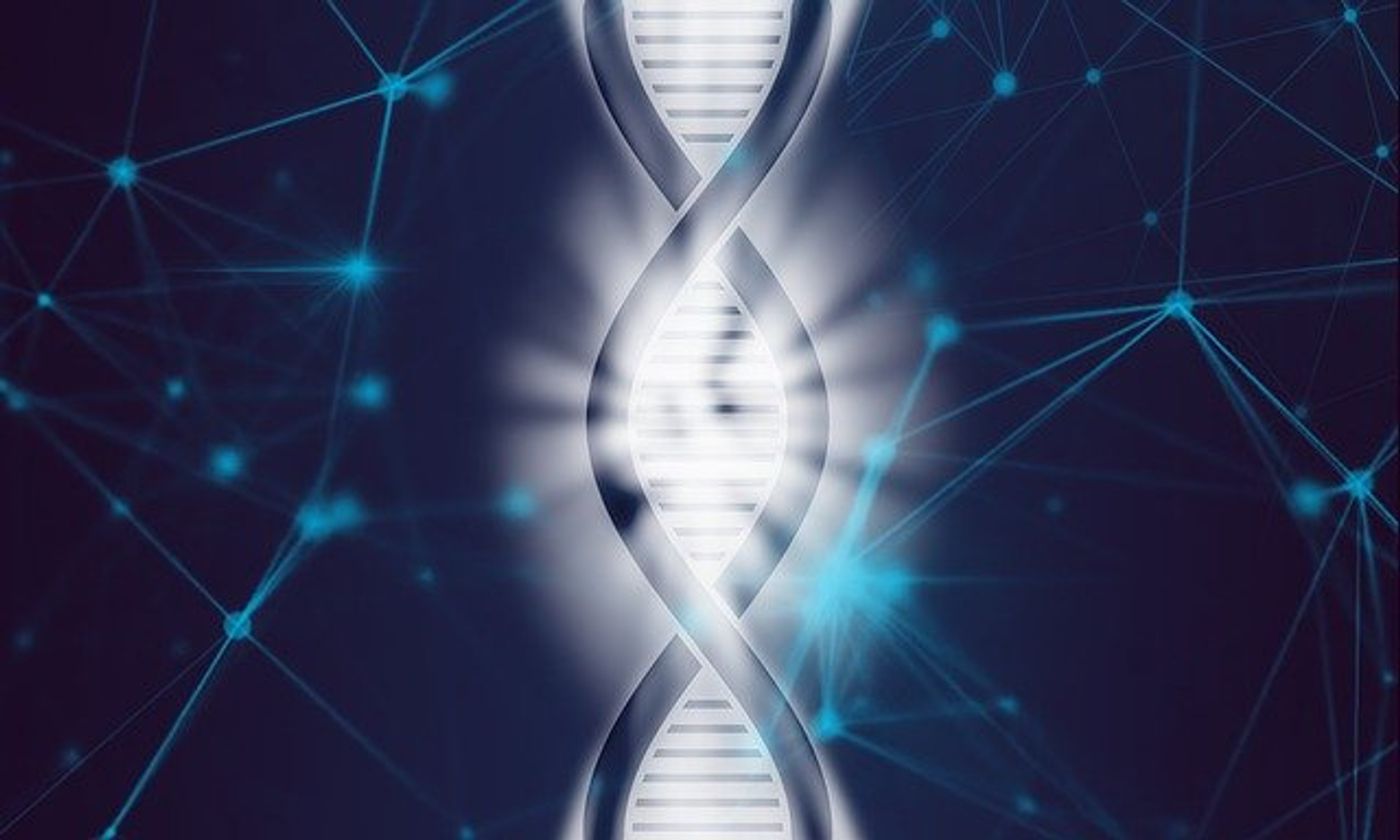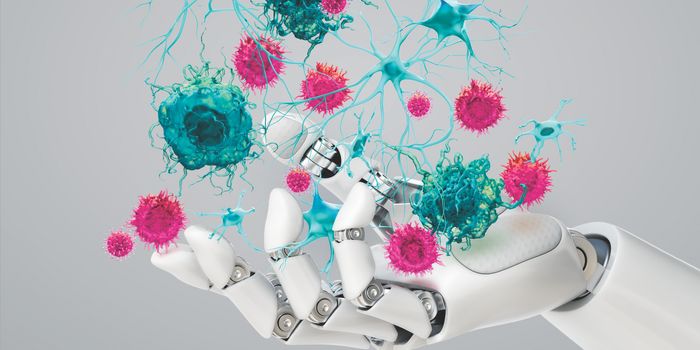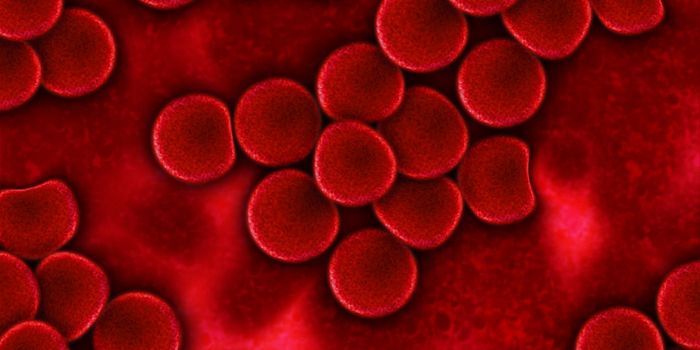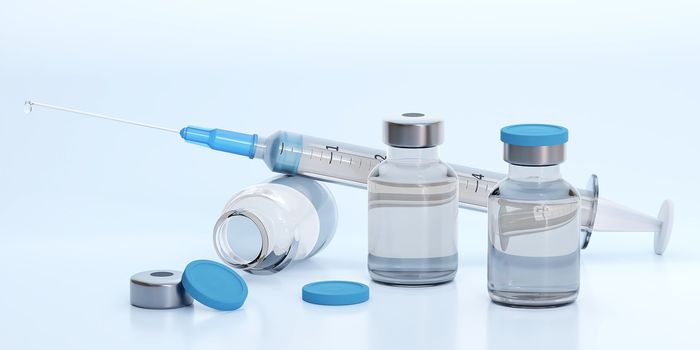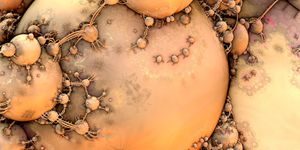Whole Genome Sequencing for Cancer Diagnostics
The human genome consists of genetic material known as DNA. We all have unique DNA sequences made up of four bases: adenine (A), cytosine (C), guanine (G), and thymine (T). The pattern these bases make up in an individual creates a unique DNA fingerprint.
The unique pattern created by ACGT forms the genetic code. The ribosome, a complex molecule made up of various proteins, translates the genetic code and facilitates the generation of proteins.
Bases attached to a sugar molecule and a phosphate group form a nucleotide, and every series of three nucleotides codes for an amino acid. Many amino acids together generate a protein.
Uncovering the order of bases in the genome is called sequencing. More specifically, whole genome sequencing determines the entire sequence of an organism at one time. Initially used for research and development, this technology has evolved into a diagnostic tool.
With the advancement of numerous targeted therapies, the efficacy of which rely on the presence of specific genetic markers in the patient, there is a growing necessity for efficient techniques to understand an individual patient’s genetic makeup.
Various tests measure the different markers needed to determine personalized cancer treatment regimens. Therefore, a single method to screen for the growing number of cancer biomarkers would save precious time. Making treatment decisions faster could save lives in populations with fast-growing tumors. In addition, the amount of patient tissue available through biopsy samples is often limited, so maximizing the information garnered from a single assay is significant.
A recent study published in The Journal of Molecular Diagnostics developed an optimized whole genome sequencing procedure which generated over a 95% success rate. The single whole genome sequencing procedure detected numerous mutations and variants that otherwise require several different diagnostic panels and laboratory assays. Importantly, this optimized diagnostic procedure takes ten or less days to complete.
The authors indicate a significant limitation of the procedure is the requirement of biopsies with a high concentration of tumor cells (>20%). In addition, most clinics would have to modify standard methods used for sample collection and processing.
The study concludes that whole genome sequencing of tumors will produce valuable data enhancing the ability of researchers to understand how current therapies work, promote the discovery of new cancer biomarkers, and facilitate the development of new targeted therapies. Moreover, this technology can provide valuable insight into how to better adapt personalized treatment regimens.
Sources: whole genome sequencing, ribosome, nucleotide, targeted therapies, The Journal of Molecular Diagnostics
